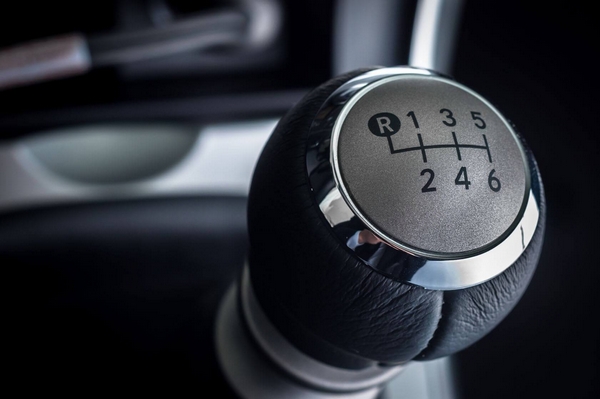

A manual transmission (also dubbed “stick shift”) is a classic way of shifting gears. Driving a manual car brings you lots of advantages: faster acceleration and fuel economy for instances. So, how to drive a manual car?
Theoretically, riding this type of car allows you to control over the gear changes, meaning you can change gears any time. Controlling a manual vehicle is somewhat difficult at the start, yet once you’re used to it, it’s quite easy to maneuver. Here are several things you should avoid to be a skillful manual driver.
5 Things to Avoid When Driving a Manual Car
1. Use gear knob as hand rest
Many Nigerian drivers have a bad habit of resting their hand on the gear knob when driving without awareness of what is happening in the transmission system. A manual transmission is made up by numerous components including pressure plate, rotating collar, fly wheel, clutch plate and a selector fork with their own particular functions. Placing your hand on the gear lever while changing gears can make the fork touch the rotating collar that may cause the fork’s premature damage. For this reason, it’s better to put your hand back on the steering wheel after changing gears. Besides, we’d recommend you to hold the steering wheel with two hands for better control over your manual vehicle.

Many Nigerian drivers have a bad habit of resting their hand on the gear knob when driving
2. Use clutch biting point on incline
The biting point is the point where the clutch engages with the fly wheel. You can know you’re on a biting point when a strange sound comes from your engine due to the revs dropping or when you feel a small amount of lift at the front of your vehicle. When on an inclined surface (climbing bridges for example), it’s a terrible idea to use the clutch biting point technique to prevent the vehicle from rolling back. The reason is that the spinning clutch’s speed trying to match the speed of the spinning flywheel can make the clutch prematurely worn out. For that case, you should use the handbrake alternatively.

The biting point is the point where the clutch engages with the fly wheel
3. Constantly rest foot on clutch pedal
Parking your foot constantly on the clutch pedal results in it being partially engaged then bound to wear off. Other than that, this also devastates the throw out bearings, which may be partly in contact with the diaphragm bearing.

It’s a good habit to completely remove your foot from the clutch after you change gears
Thus, it’s a good habit to completely remove your foot from the clutch after you change gears and place your foot on the dead pedal instead.
4. Keep your car in gear at a stop
Doing this when driving a manual car may lead to premature damage to the throw out bearing too. Therefore, it is advisable to keep your vehicle in neutral.
5. Engage incorrect gear to gain speeds
Driving a manual car at a high gear but at slow speeds can strain the engine. On the other hand, driving at an average speed and remaining a low rpm can help you save fuel.

It’s required to always progress through the gears in case you want to accelerate your car
To protect your car engine from straining, it’s required to always progress through the gears in case you want to accelerate your car. At the same time, neither overly revving the engine nor reaching the red line on the rev meter is recommended. To gain speeds, it’s wiser to drop gear, accelerate and change gear.
